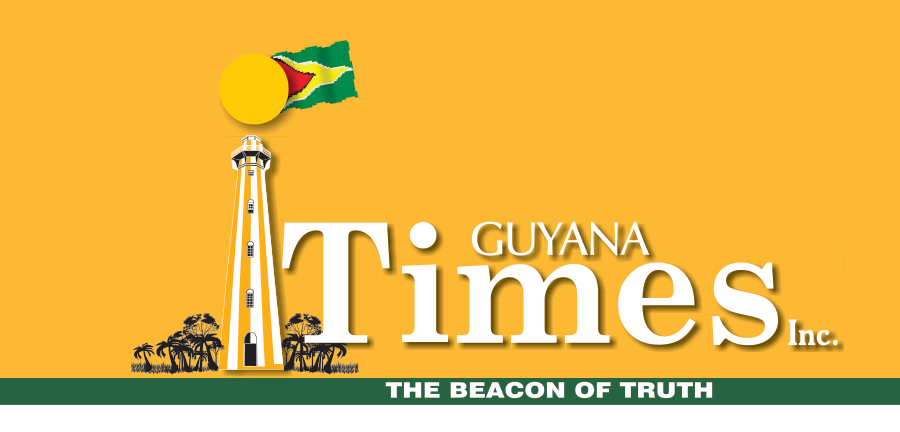The Health Ministry on Tuesday successfully launched the National Suicide Surveillance System in an effort to reduce suicide cases across the country.
This new system will allow the ministry to monitor suicide incidents across various regions. It covers both children and adults and aligns with global frameworks such as the World Health Organisation’s global strategies on child and adolescent mental health.

A key feature of the system is a standardised reporting form, which will be responsible for collecting and receiving statistical data.
The form will be shared among key stakeholders, including the Guyana Police Force (GPF), Home Affairs Ministry, Indigenous leaders, and other partners. According to the Health Ministry, it meets international standards, supports field monitoring activities, and is simple to complete. Some sections to fill out on the form are gender, age, contact info, etc. Importantly, it will be used nationally across agencies, not limited to just one institution.

For example, if a particular region reports a spike in suicide attempts, the Health Ministry can receive that data in real time and begin early interventions before the situation escalates. The system also factors in social determinants that may contribute to suicidal behaviour.
The information gathered will be stored on a secure server, in compliance with legal and confidentiality requirements, ensuring that individuals’ personal data remains protected. Additionally, the form complies with Sections 31 and 32 of the Suicide Prevention Act, as well as the National Mental Health and Suicide Prevention Plan of Guyana, ensuring the initiative is legally grounded and aligned with national priorities.
Speaking about the significance of the initiative, Health Minister Dr Frank Anthony highlighted how outdated Guyana’s mental health laws were and what ultimately prompted the creation of the surveillance system.
“Guyana’s mental health ordinances are long outdated – spanning back to the British times – and Guyana is trying to enhance them with new legislation. And we saw that not a lot of progress was made in mental health. In fact, when you look at our legislation, it was very dated, very antiquated. The mental health ordinances went back to the time of the British. It was the 1934 ordinances that we were using.”
He noted there were multiple failed attempts to modernise the laws.
“There were at least two attempts to modernise the legislation. The first being around 2011 to get new legislation. But at the time, for whatever reason, we could not have agreement in moving the legislation forward. And then around 2019 or so, or a little bit earlier, there was another attempt at modernising the legislation. And that too did not move very far before they just drafted something. But not much had happened. So, in the midst of COVID, we came in, in 2020.”
According to Anthony, this realisation led to the creation of the surveillance system.
“But then as we were implementing, we recognised that we needed additional support to make this legislation active, and that’s where this surveillance system comes in. Because while this existed for long, we were still having challenges with institutions reporting—especially hospitals.”
He explained that initially, when suicide-related cases occurred, people would go to the hospital, but they were either not reported or reported poorly. He stated that the health ministry sought that by developing this in an electronic format, giving people access to it, they would be able to get the information almost every time.
“Once we were able to get that, then we would respond appropriately. If we get attempted suicide, we can prevent that from happening. And that’s why this is so important.”
Meanwhile, explaining how the program functions, Dr Timothy Morgan emphasised the importance of real-time reporting.
“This form is something that was put together to ensure better coordination. Having data that is collected in real time – along with geolocation and timestamps – helps us to have a more robust and modern approach to dealing with mental health conditions. So that is, in a nutshell, what it is,” one stakeholder said.
Guyana consistently ranks second-highest globally in terms of suicide rates per capita.
In 2019, the estimated age-standardised suicide rate was approximately 40.3–40.9 per 100,000 persons.
Guyana experienced a “significant” decline in the number of deaths caused by suicide in 2024, with 40 cases recorded during the period from January to August. In 2023, the Health Ministry had recorded 100 deaths by suicide across the country.
Over the last three years, the majority of the deaths were as a result of pesticide use, followed by persons hanging themselves.
Discover more from Guyana Times
Subscribe to get the latest posts sent to your email.













